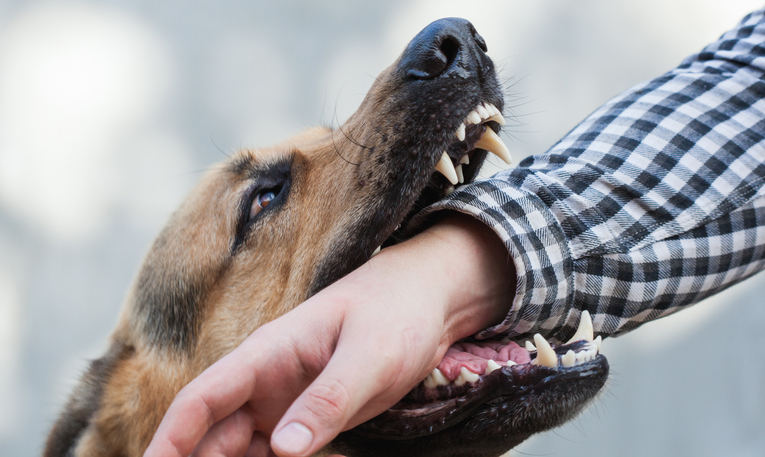
When a delivery driver, jogger, or curious toddler crosses paths with a dog, most New Yorkers assume there is a clear legal playbook if someone gets hurt: show that the dog had bitten (or at least menaced) before, prove the owner knew, and strict liability follows. For nearly two decades, that “One-Bite” mind-set was reinforced by the Court of Appeals’ 2006 decision in Bard v. Jahnke, which shut the door on ordinary negligence suits against dog owners. On April 17, 2025, the Court unlocked that door. In Flanders v. Goodfellow, New York’s highest court held that injured people may once again sue an owner for failing to use reasonable care, even if the dog had never shown a vicious streak.

New York never actually adopted the pure English “one free bite” doctrine, but the state’s strict-liability test pushed litigants in that direction. Under Bard, a plaintiff first had to show the animal had “vicious propensities” that the owner knew or should have known about. No knowledge, no case—no matter how careless the owner had been. That left victims to shoulder medical bills unless they could unearth proof of growling, snapping, or prior attacks. (Justia Law, Findlaw)
The rigidity produced curious results. A dog that escaped a yard because its latch was broken could bowl over a passer-by, yet the owner would owe nothing if the dog had never threatened anyone before. Meanwhile, owners of animals with any documented warning signs faced automatic liability, even if they had been meticulous about leashes and secure fencing. Critics called the rule unfair and out of step with modern tort principles.
Rebecca Flanders, a postal carrier, arrived at the Goodfellows’ house to deliver a package. As the door opened, a 70-pound dog slipped past its owner and latched onto Flanders’ shoulder, causing injuries that required multiple surgeries. Two fellow carriers later swore the same dog had repeatedly slammed against windows, barking and baring its teeth at them during deliveries—behavior the Goodfellows denied seeing. Lower courts threw out both strict-liability and negligence claims, citing Bard. (Findlaw)
The Court framed its reasoning broadly: tort law should incentivize reasonable care in everyday life. By aligning New York with 36 other states that already recognize negligence claims for animal-caused injuries, Flanders closes a fairness gap and modernizes liability rules. Pet owners aren’t automatically villains, but they must now think like the reasonable person the law envisions by anticipating risks before a first bite draws blood.
Expect trial courts to flesh out what “reasonable care” means in varied settings—apartment lobbies, off-leash dog runs, suburban backyards. Questions about landlord liability, dog-sitting services, and veterinary clinics (which already owed a negligence duty under earlier cases) will surface quickly. Early rulings will set the tone for settlement values and insurance underwriting across the state.
If you or a loved one suffered a dog bite injury anywhere in New York, the window to recover compensation has just widened. The personal injury team at Palermo Law has over 30 years of courtroom experience in Suffolk County and across Long Island. We offer free consultations, charge no fee unless we win, and return every call within 24 hours. Reach out today to learn how we can help turn your story of injury into a path toward recovery.